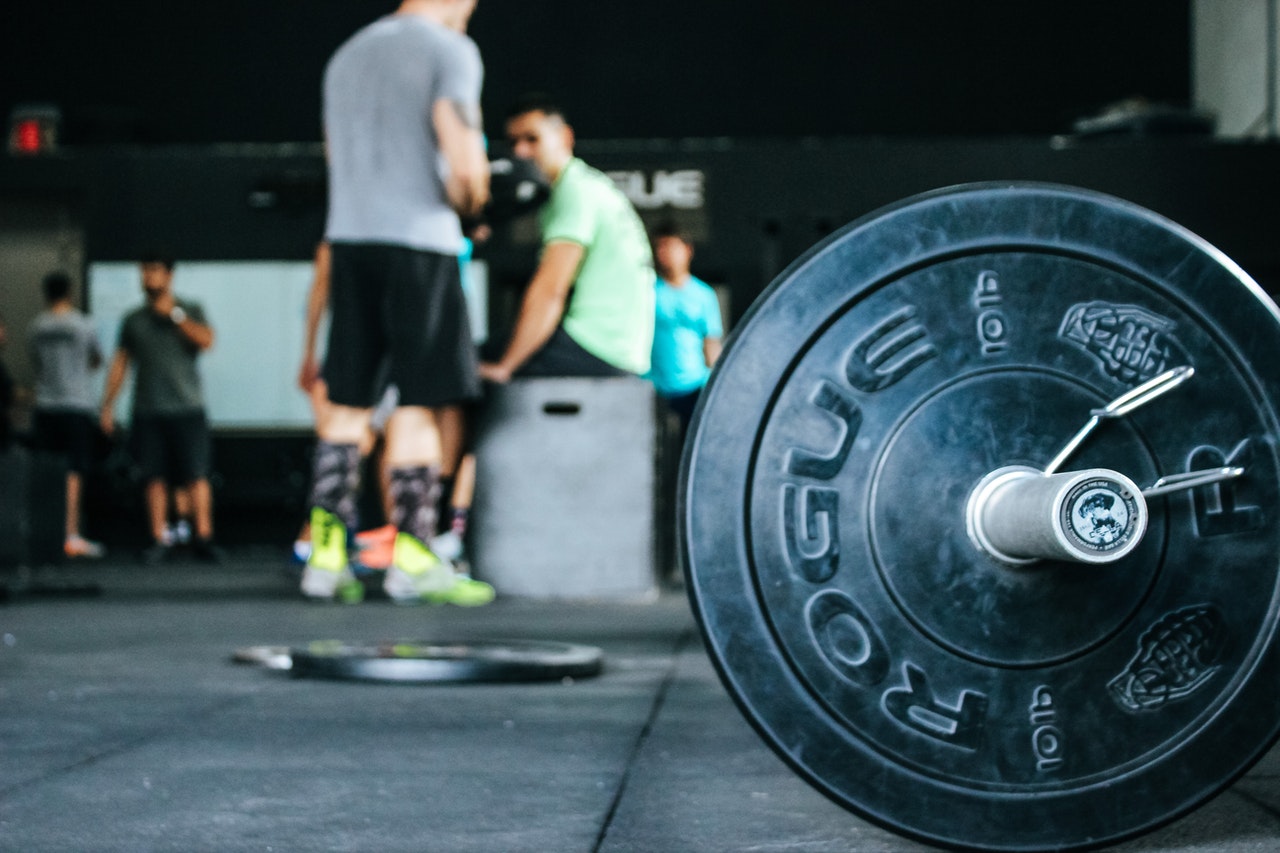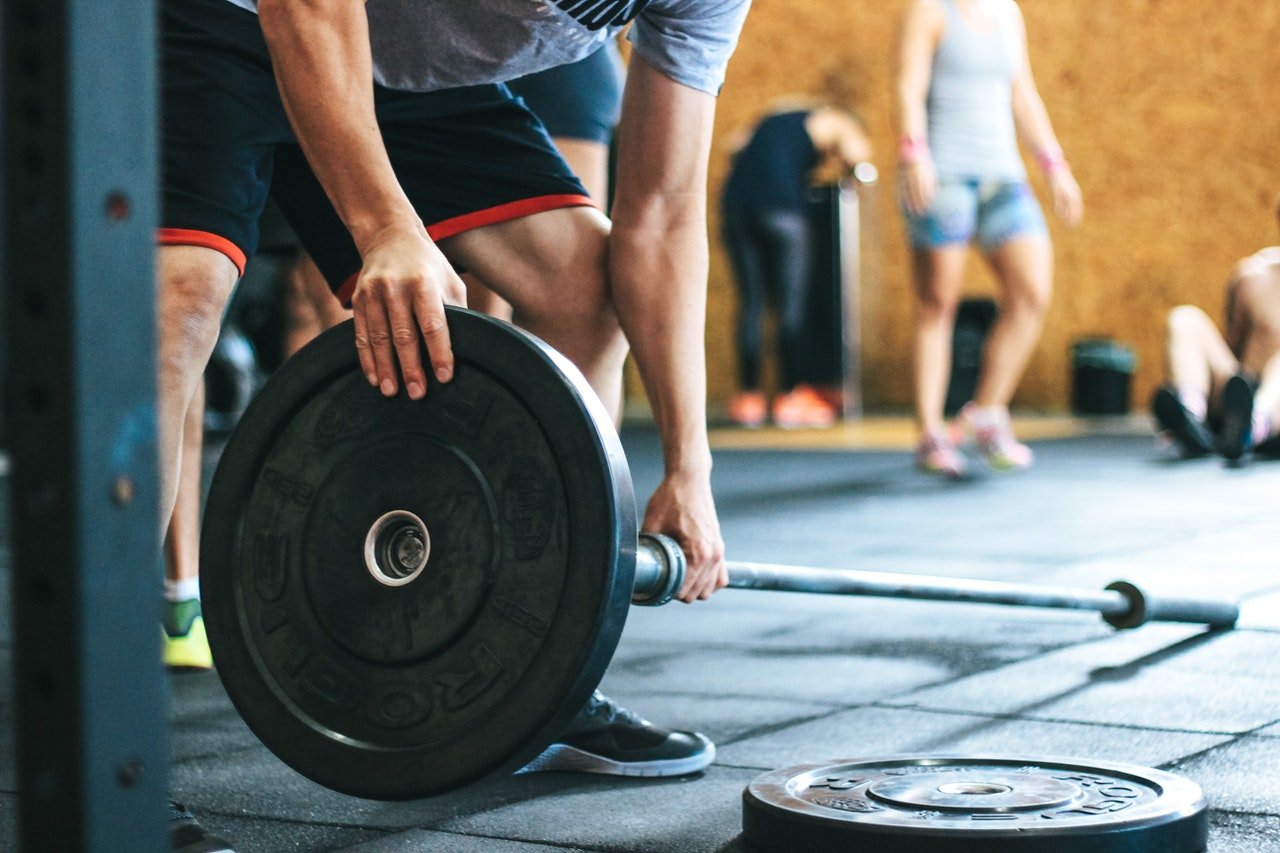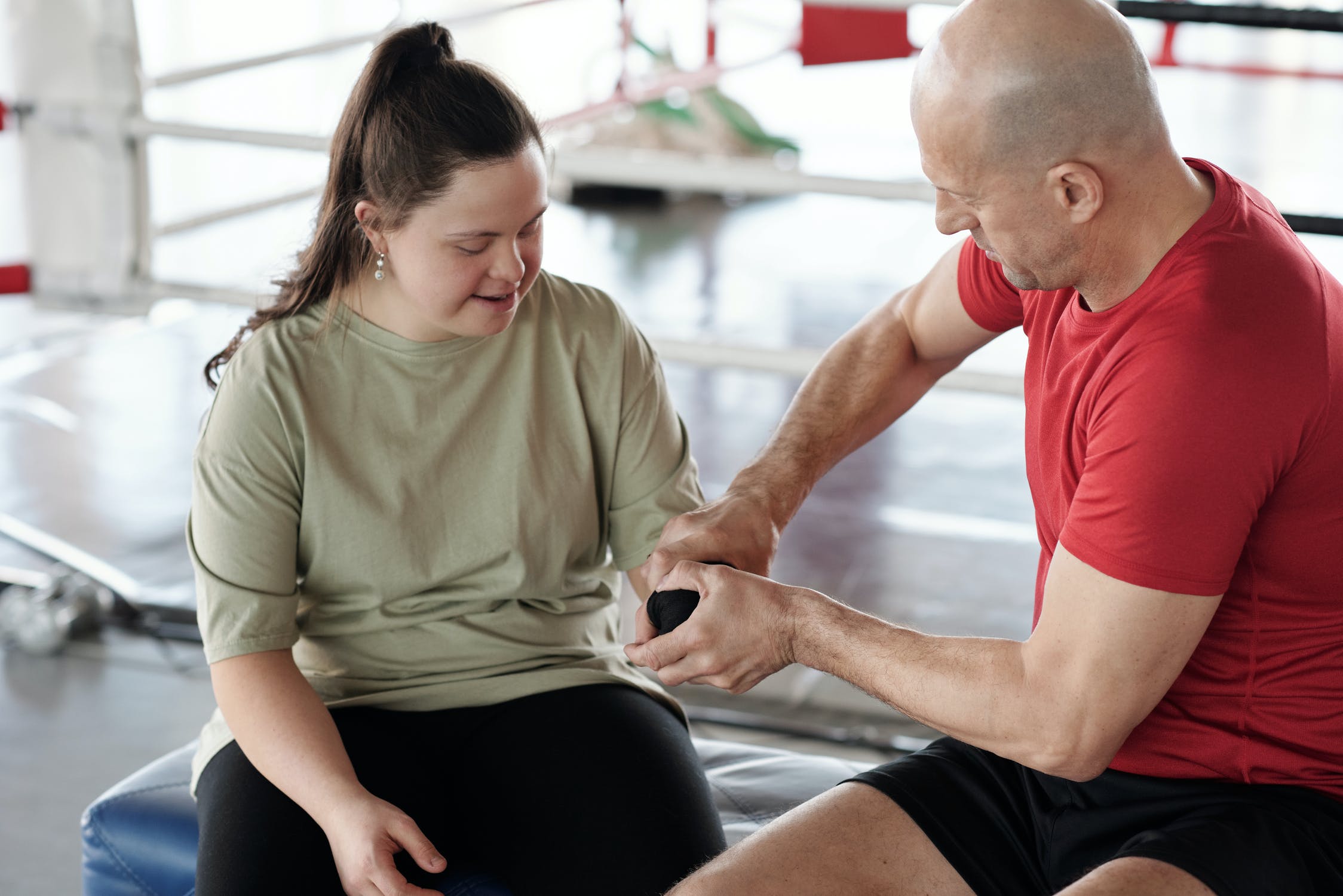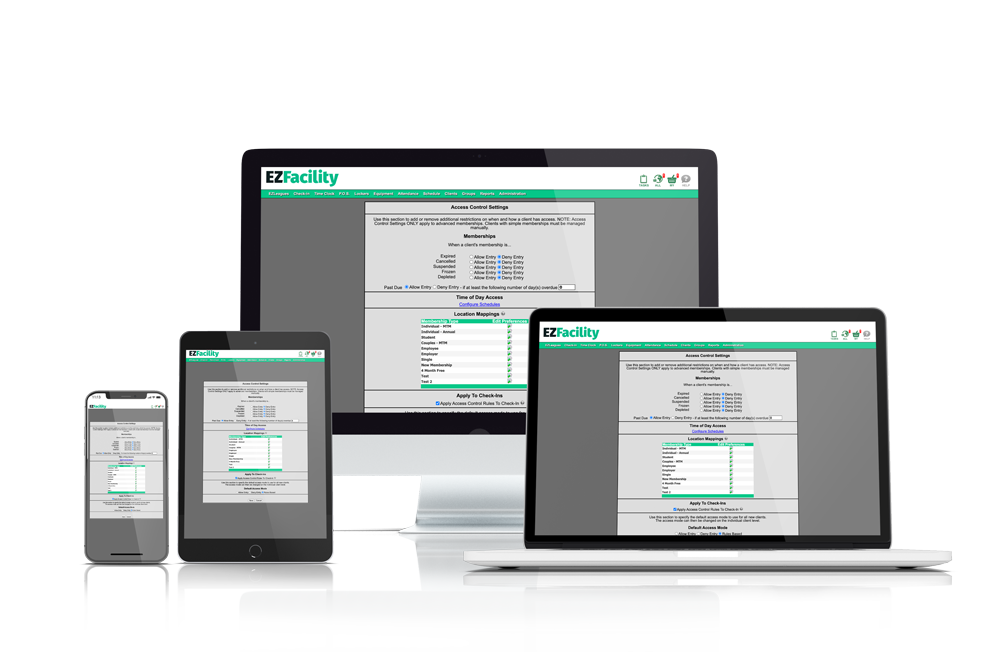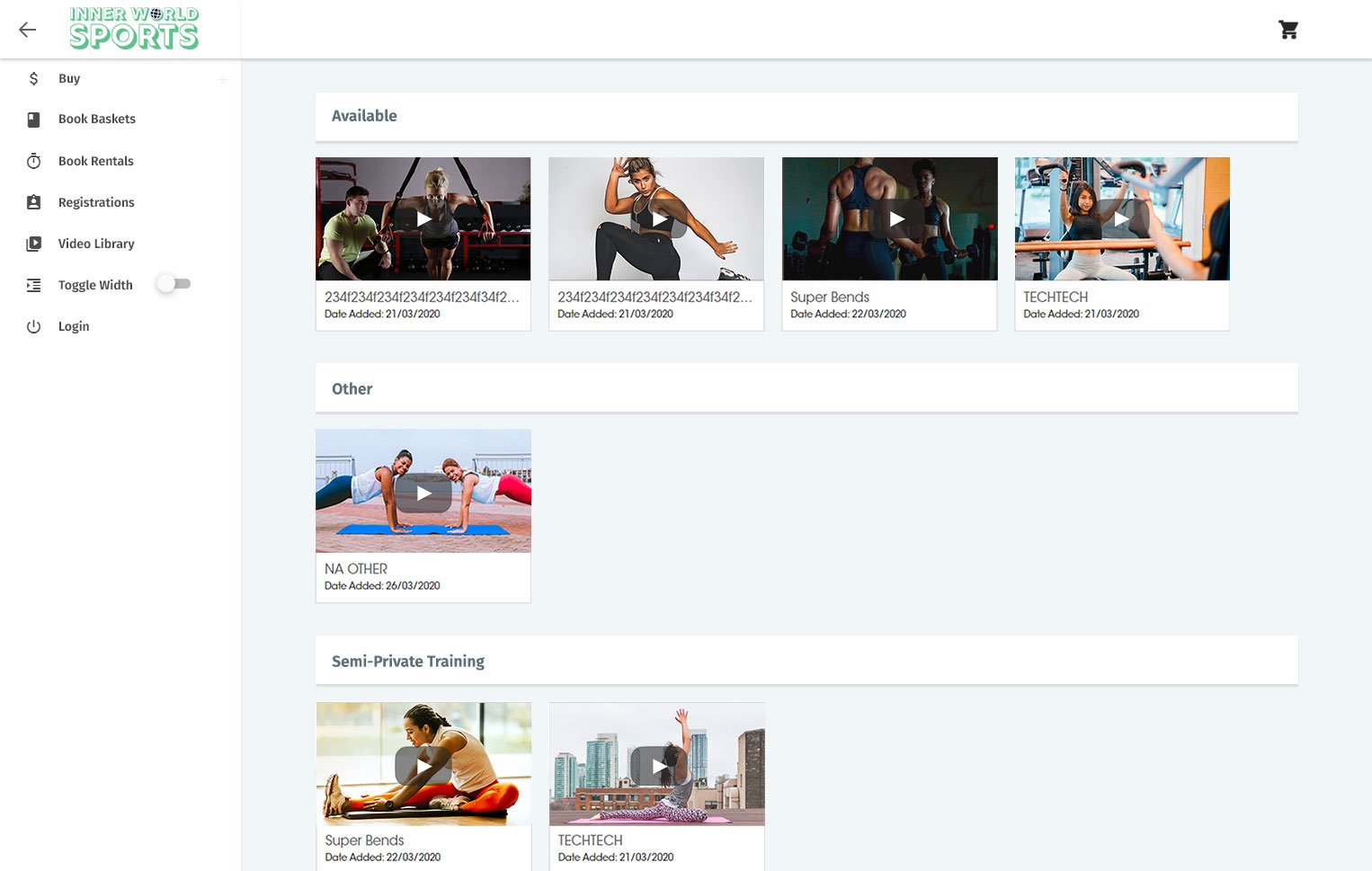So, you’re thinking of building a sports facility and you’re doing a little homework first. Congratulations!
In this blog, we’ll cover key items to consider before embarking on this exciting new business journey.
First Things First
When creating anything in life, a solid foundation is key. In this case, a literal solid foundation is what you will need. That requires proper funds, appropriate regulations, and reliable contractors.
Funding
Name an adventure that doesn’t encounter a few hiccups, right? Nobody wants them to happen but being prepared can save time, money, and setbacks. Calculate how much money you will need for the entire project from start to finish. Then, tag on a bit more to cover emergencies and unplanned hurdles.
Regulations
Next, check with your local municipality center. Each local municipality center has information related to specific zoning and building regulations. You, of course, want everything done up to code and that is smart thinking. As the age old saying goes, “Haste makes waste.”
Contractors
Look for contractors with great reviews and plenty of experience building sports facilities. Check out their website and past projects, too. And really take your time selecting one. Your vision is only as strong as the company building it.
Sporting Events and Parking
Before determining the size of the sports complex and building type, two things are crucial. And, they go hand in hand. First, you need to imagine the future sports events you want to hold in your sports complex. After that, think about the amount of parking needed to accommodate everyone. And then some! Because remember, you will be competing with other nearby facilities for guests.
Parking
Parking gets a second shout-out here because it is often overlooked. Many places decide on minimum parking. The problem with minimum parking is, it doesn’t allow for growth and expansions down the line. So, adequate parking space is a big deal!
Also, the location and layout matter. When designing a parking lot, think about the distance from the playing field.
Ask yourself the following questions:
- How far will guests have to walk from their vehicles to the sporting events?
- Are any vehicles in danger of being hit? Because depending on the sport, there could be a chance of stray balls and broken windshields. This means you might need proper signage, protection nets, or a different layout.
- Speaking of the layout, is it easy to navigate, and is congestion going to be an issue?
- What is the type of lighting you are thinking about? Proper nighttime lighting is important for safety and security. But it also raises your budget. So, start listing cost-efficient, and environmentally friendly, options like LED.
Athletic Surface and Weather Conditions
The athletic surface and outdoor weather conditions also go hand in hand. And they matter to the teams who will be playing at your facility. There are pros and cons with natural grass and artificial turf. Artificial turf is pricklier and more prone to heat. And natural grass requires maintenance such as mowing and pesticides. Whereas, artificial turf does not. Also, natural grass can become muddy and slippery after a rain downpour.
If your playing facility is outside, consider installing a lightning detection system. Most events are during rain or shine. But for a more weather-controlled option, indoor sports facilities are great, too. Some might even prefer it. Here’s why.
Conclusion
Building a new sports facility can be a lot to think about. This list is only the beginning! Once you’re up and running, some other key considerations include creating a business plan, researching management software programs, building out a solid team, and incorporating marketing strategies. Subscribe to our blog to stay up to date with more industry tips.
You may also be interested in:
Football Facility Business Trends
